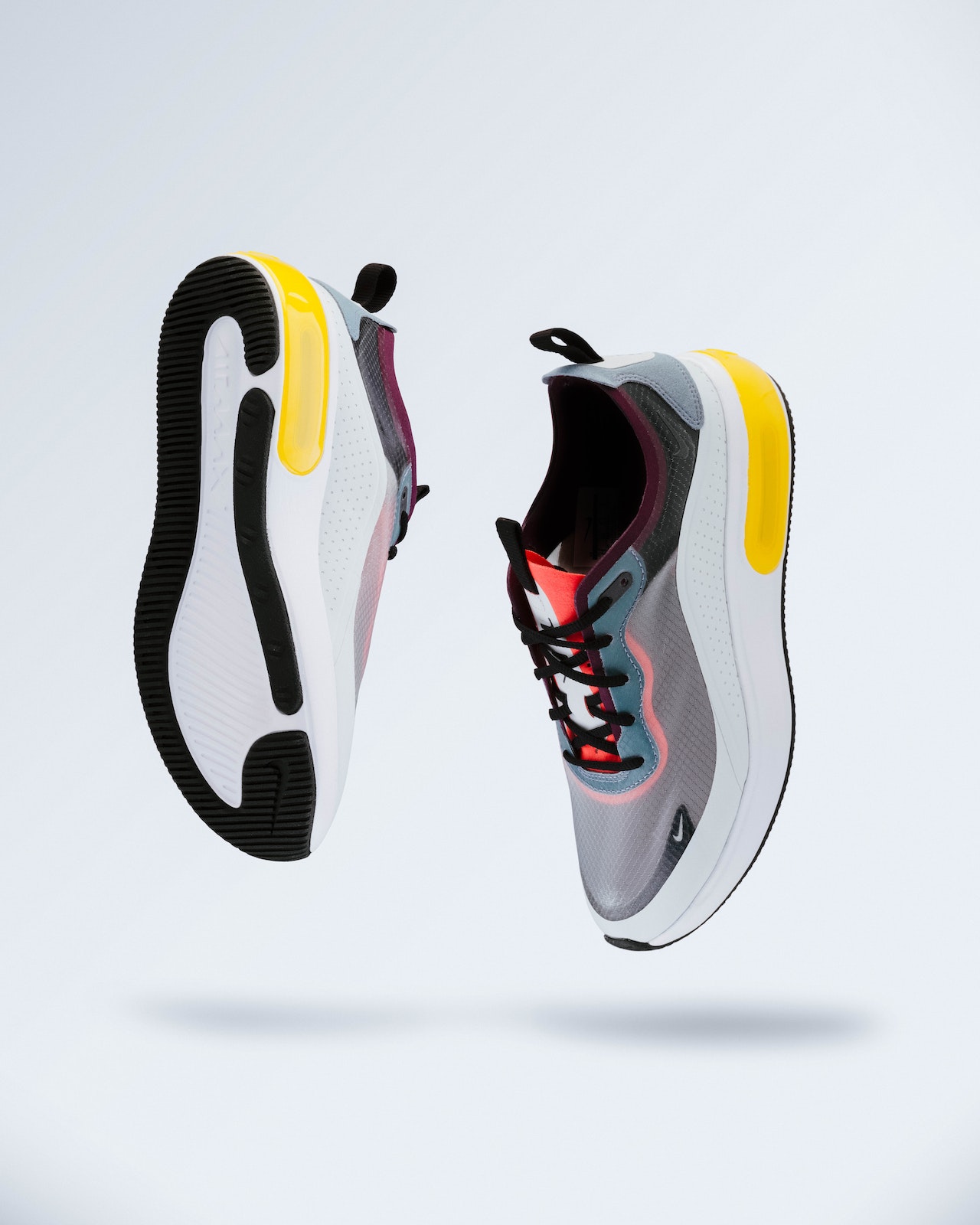A Complete Guide on Choosing the Right Running Shoes For You
Just like you wear a helmet while riding your bike, wearing the right running shoes is a must if you want to participate in running as a sport or for health and fitness purposes. But the problem is how do you choose the right running shoes that suit you and fits your budget.
Although most popular brands of running shoes are quite expensive, there are still other brands in the market that are pocket-friendly and good for running.
In this guide, you will learn the benefits of choosing the right running shoes, types of running shoes, how to choose the right running shoes, factors to consider before buying running shoes, and some faqs about running shoes.
Benefits of Choosing the Right Running Shoes
You get many benefits from buying and wearing the right running shoes. Here are the benefits you derive from choosing the right running shoes.
1. Comfort
The shoes are designed to support your weight and are well-shaped to cushion your midsole while on the go. Running shoes are made to let your ankle balls move freely without restriction.
2. Prevention of Injury
Injuries could occur on your feet, ankles, heels, or waist. But if you invest in the right running shoes, you can prevent most of these injuries.
3. Midsole Cushioning
While running, your midsole is actively engaged, and if you are not wearing good running shoes, it could cause tension in your feet. Thus, wearing good shoes with a soft midsole will cushion the effects running has on your feet and entire body.
4. Improves Your Performance
Running shoes come in different shapes, sizes, and grades. But they have one feature in common, running shoes improve your performance.
In a study, researchers found elite running shoes improve the performance of athletes by several minutes compared to other running shoes. Hence, if you are keen on improving your running, you can buy any super running shoes.
Types of Running Shoes
Running shoes are made based on the height, weight, ground type, and shape of the midsole of runners. Based on these factors, there are four types of running shoes you can choose from.
1. Cushioned Shoes
The cushioned running shoes are highly-priced, elite shoes made by popular brands. These pairs of running gears have carbon fiber with thick soles. One of the best features of the cushioned shoe is that it provides great midsole support to runners.
2. Lightweight Shoes
Unlike cushioned shoes, lightweight shoes have thin foam soles. And they are better suited for speed workouts. Lightweight shoes are also called racing flats.
3. Trail Shoes
As the name suggests, trail shoes are designed for running on muddy and rocky grounds. They have large and well-pronounced cleats, which make it easier for runners to navigate rough terrains.
4. Motion Control Shoes
Motion control shoes are best suited for athletes suffering from overpronation ( this occurs when your feet roll inward while running). The shoe has a lot of support at the arch region to improve runners’ performance.
5. Stability Shoes
Stability shoes are made for runners with normal arch and normal pronation. These types of shoes have firm support and good midsole cushioning for athletes.
How to Choose the Best Running Shoes
- Know your shoe size.
- Check if you are flat-footed or not to know the type of running shoes to buy.
- Based on whether or not you are flat-footed, choose the correct size of running shoes.
- If you are concerned about the color of your running shoes, choose your favorite colors.
- Wear the shoes to see if they fit comfortably.
Factors to Consider Before Choosing the Right Running Shoes
1. Type of Surface
Before buying your running shoes, consider the surface you will run on. The type of ground you will run will determine the type of shoes to buy. If you will be running on muddy and rocky routes, it is best to buy a trail shoes.
2. Body Weight
Next, you need to consider your weight. Since your running shoes will carry the weight of your body, it is best to choose running gear with thick foam.
3. Price
Depending on the size of your budget, you can always get good running shoes. If your budget is sizable, any well-cushioned super shoes will be perfect.
Also, with a limited budget, you can still choose from other good brands that are not expensive.
FAQs on the Right Running Shoes
What is the difference between running shoes and sneakers?
Generally, sneakers are heavier than running shoes. The sole of most running shoes are made of lightweight material, and they have a thicker base than sneakers.
Can I use sneakers for running?
No, it is not advisable to use your sneakers for running. Running shoes and sneakers are made for different purposes.
Are running shoes better loose or fit?
Running shoes are a better fit. You want to buy a shoe that will stay firm on your feet while running. If you don’t purchase fit running shoes while running, the shoe can slip off your feet.
How often do I change my running shoes?
It is recommended that you change your running shoes between 6 months to 1 year after purchase, depending on how often you wear them.
Always be on the lookout for changes in how the shoes affect you while running. If you notice ankle pain while running, it is time to buy new running shoes.
You Need the Right Running Shoes for Better Performance
Even if you have different sneakers and gym shoes, running shoes are the right shoes to wear if you want to run. Though some brands are expensive, you can get a good pair of running shoes with a limited budget. You will notice a big difference in your performance when you invest in the right running shoes.
References:
https://www.livescience.com/do-running-shoes-make-you-faster
https://www.nytimes.com/wirecutter/reviews/best-running-shoes/amp/
https://marathonhandbook.com/types-of-running-shoes/
https://www.livestrong.com/article/350355-what-are-the-benefits-of-running-shoes/

